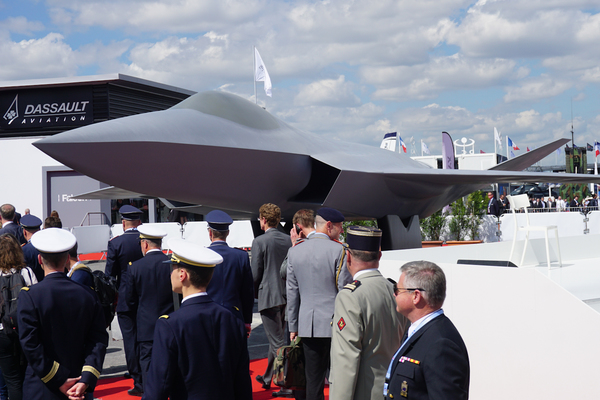Today, at the international Paris Air Show that took place at Le Bourget, French President Emmanuel Macron, accompanied by foreign ministers of Spain and Germany, revealed the mock-up of what is destined to become the main European 6th generation jet fighter.
This fighter will be the result of a consortium between France, Germany and Spain. Who will join forces to deliver the jet fighter of the future.
Let me tell you, its a beauty!

Source: https://www.youtube.com/watch?v=AsAIroM0BQk
This fighter will be the result of a consortium between France, Germany and Spain. Who will join forces to deliver the jet fighter of the future.
Let me tell you, its a beauty!

Source: https://www.youtube.com/watch?v=AsAIroM0BQk
Last edited:
